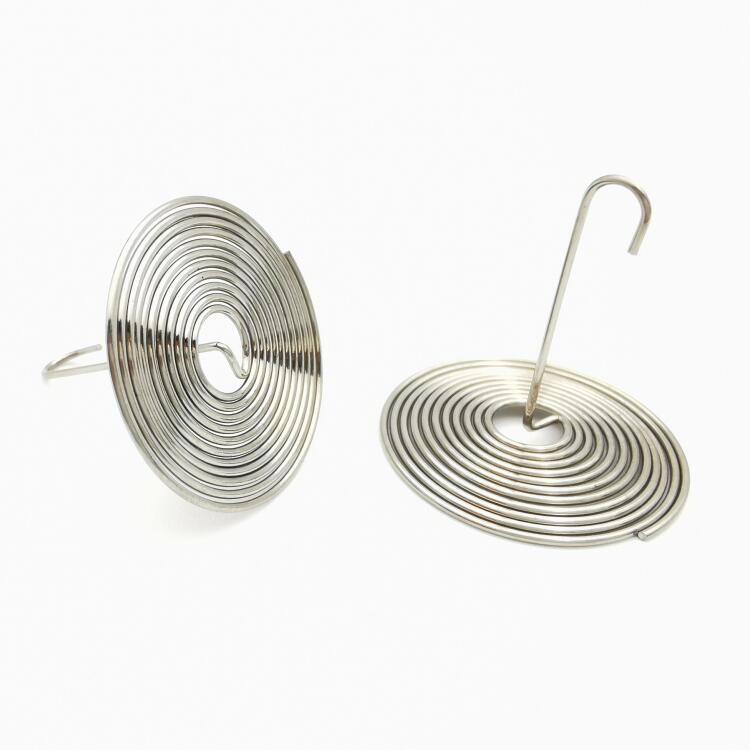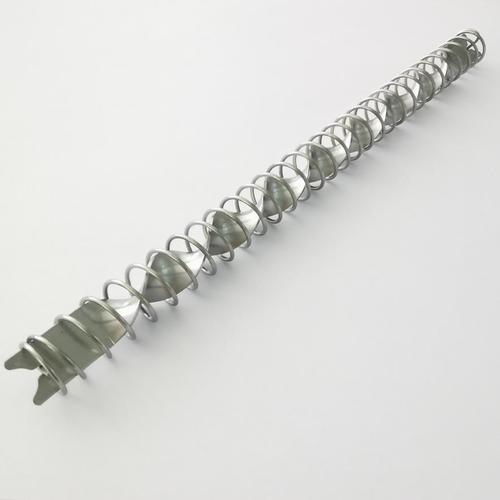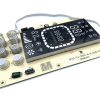
Flat Torsion Spring: Enhancing Mechanical Systems with Precision Engineering
Flat torsion springs, often overlooked in the realm of mechanical components, play a pivotal role in various industrial applications. Defined as specialized springs that exert torque or rotary force, they contribute significantly to the functionality and efficiency of mechanical systems. Understanding the intricacies of flat torsion springs is crucial for engineers and designers aiming to optimize their creations for performance and reliability.
Structure and Composition
Materials Used:Flat torsion springs are crafted from a diverse range of materials, each selected based on specific application requirements. Common materials include high-carbon steel, stainless steel, and various alloys. The choice of material dictates the spring's durability, corrosion resistance, and flexibility.
Design Variations: The design of flat torsion springs varies depending on the intended function and environment. While some may feature a simple rectangular shape, others may incorporate complex geometries to accommodate specific load profiles. Engineers meticulously tailor the design parameters to ensure optimal performance under varying conditions.
Functionality
Principle of Operation:At their core, flat torsion springs operate on the fundamental principle of elastic deformation. When subjected to a twisting force, these springs store potential energy within their structure. Upon release of the force, they revert to their original shape, thereby exerting torque or rotational motion on the connected components.
Performance Characteristics: The performance of flat torsion springs is influenced by several factors, including material properties, dimensions, and load conditions. Engineers analyze parameters such as torque, angular deflection, and fatigue resistance to assess the spring's suitability for a given application. Precise calibration ensures consistent and reliable performance over extended periods.
Manufacturing Process
Forming Techniques: The manufacturing process of flat torsion springs involves specialized forming techniques tailored to the selected material and design specifications. Methods such as stamping, bending, and laser cutting are employed to shape the raw material into the desired configuration. Advanced machinery and tooling enable high precision and repeatability in production.
Quality Control Measures: Stringent quality control measures are implemented throughout the manufacturing process to uphold the performance and reliability of flat torsion springs. Dimensional accuracy, material integrity, and surface finish are meticulously inspected to ensure compliance with industry standards. Non-destructive testing techniques, such as ultrasonic testing, are employed to detect any potential defects.
Advantages and Limitations
Benefits of Flat Torsion Springs:Flat torsion springs offer several advantages over traditional helical springs, including compactness, uniform force distribution, and suitability for limited radial space. Their flat profile enables seamless integration into tight spaces, making them ideal for applications where space is a constraint.
Challenges and Considerations: Despite their numerous benefits, flat torsion springs also pose certain challenges and considerations. Design complexity, manufacturing tolerances, and cost implications are factors that engineers must carefully evaluate during the selection and implementation process. Additionally, maintenance requirements and potential fatigue failure modes necessitate proactive monitoring and mitigation strategies.
Conclusion
Flat torsion springs represent a cornerstone of modern engineering, providing efficient torque transmission and rotational motion in diverse mechanical systems. Their intricate design, precise manufacturing, and reliable performance make them indispensable components in industries ranging from automotive to aerospace. By understanding the principles and considerations associated with flat torsion springs, engineers can leverage their capabilities to optimize the functionality and longevity of their creations.







